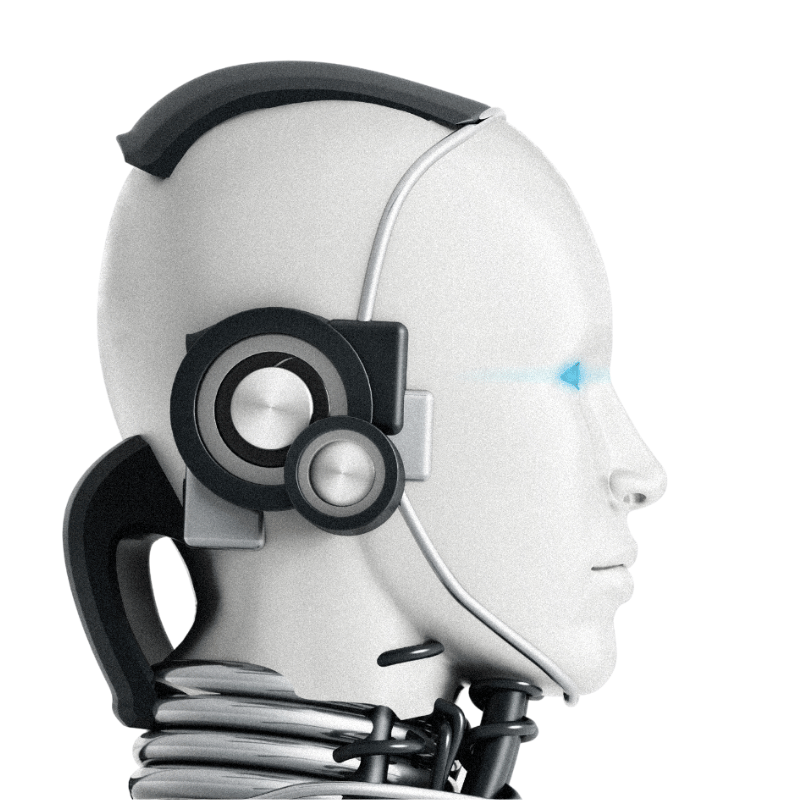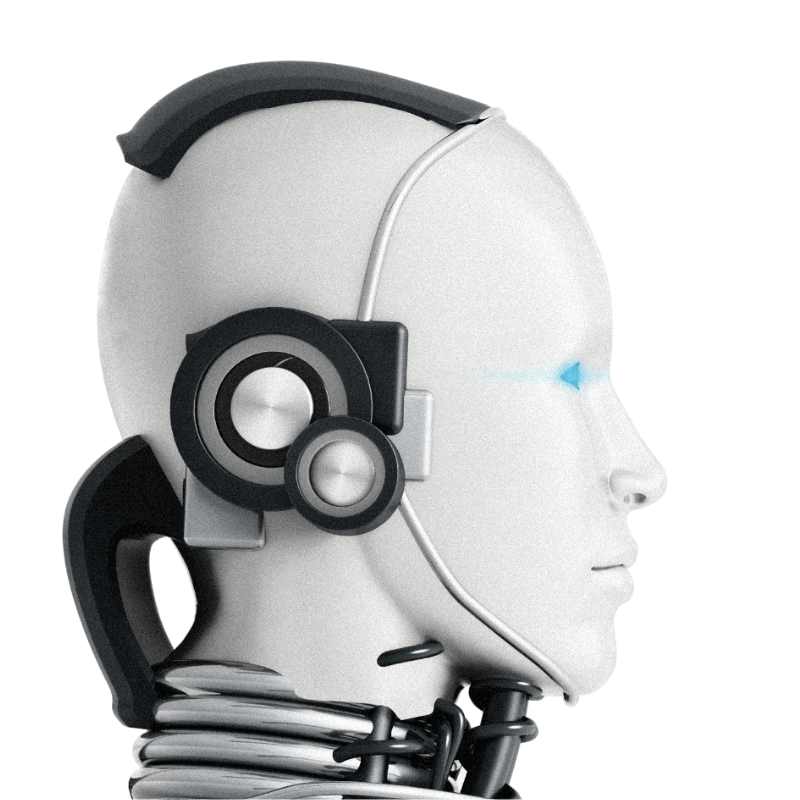
The way we prepare and consume food is set to change dramatically with the advent of 3D food printing and robots that can cook. These technologies can potentially revolutionise how we eat and cook, from personalized meals to more visually appealing dishes. However, there are also concerns about their impact on jobs and food safety.
3D Food Printing
3D food printing is a technology that creates complex, three-dimensional shapes using edible materials. This technology can transform the way we eat by creating personalized meals tailored to an individual’s specific dietary needs or preferences. It could also be used to create more visually appealing food, which could encourage people to eat healthier foods.
Robots in Cooking
Robots can perform a wide range of tasks in the kitchen, from chopping vegetables to cooking entire meals. They can work around the clock without getting tired or making mistakes, which means they could be used to prepare food on a large scale in restaurants or other food service settings. In the home, robots could be programmed to prepare a meal while you’re at work, making it easier for people to eat healthy, home-cooked meals.
Concerns and Challenges
Despite the potential benefits of 3D food printing and robots in cooking, there are concerns about their impact on jobs and food safety. Some worry that these technologies will take jobs away from human workers in the food industry. Others worry about the safety and quality of food produced by machines.
Can Help Elderly Individuals
In addition to the potential benefits for the general population, 3D food printing and cooking robots could significantly impact the lives of elderly people. As people age, they may have difficulty preparing meals for themselves due to physical limitations or cognitive decline. These technologies could help to alleviate these challenges by providing personalized meals that meet their specific dietary needs and preferences. Robots in cooking could also assist with meal preparation, making it easier for elderly individuals to maintain a healthy diet and remain independent in their homes. Overall, these technologies can potentially improve the quality of life for elderly individuals by providing them with access to nutritious and convenient meals.
Can Help People with Disabilities
3D food printing and robots in cooking could also have a significant impact on people with disabilities. For those with physical disabilities, cooking can be challenging and requires a lot of time and effort. With the help of robots, people with disabilities could have greater independence in the kitchen and be able to prepare meals more easily. 3D food printing could also be used to create foods that are easier to chew and swallow for those with difficulty eating. These technologies can potentially improve the quality of life for people with disabilities by making cooking and eating more accessible and enjoyable.
Conclusion
As these technologies continue to develop, we expect to see more innovative uses in the food industry. Whether it’s personalized meals or more convenient cooking, the future of food looks very exciting. However, addressing concerns about their impact on jobs and food safety is important to ensure that these technologies are used responsibly and sustainably.


Recent Comments